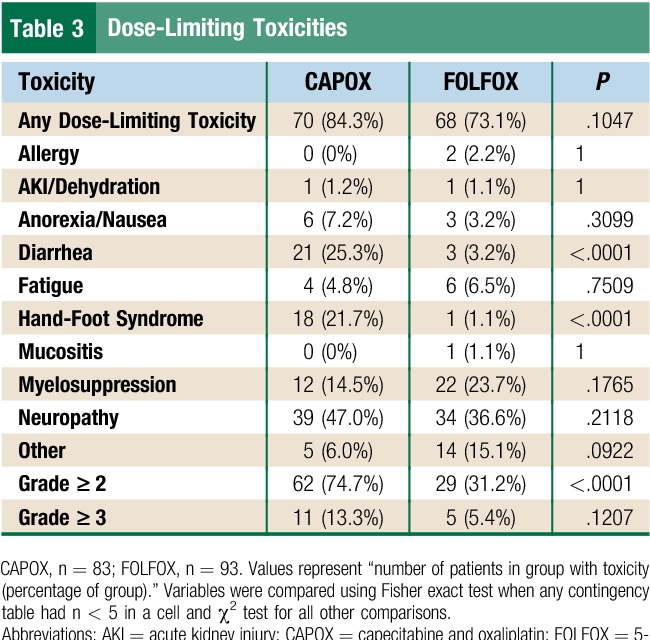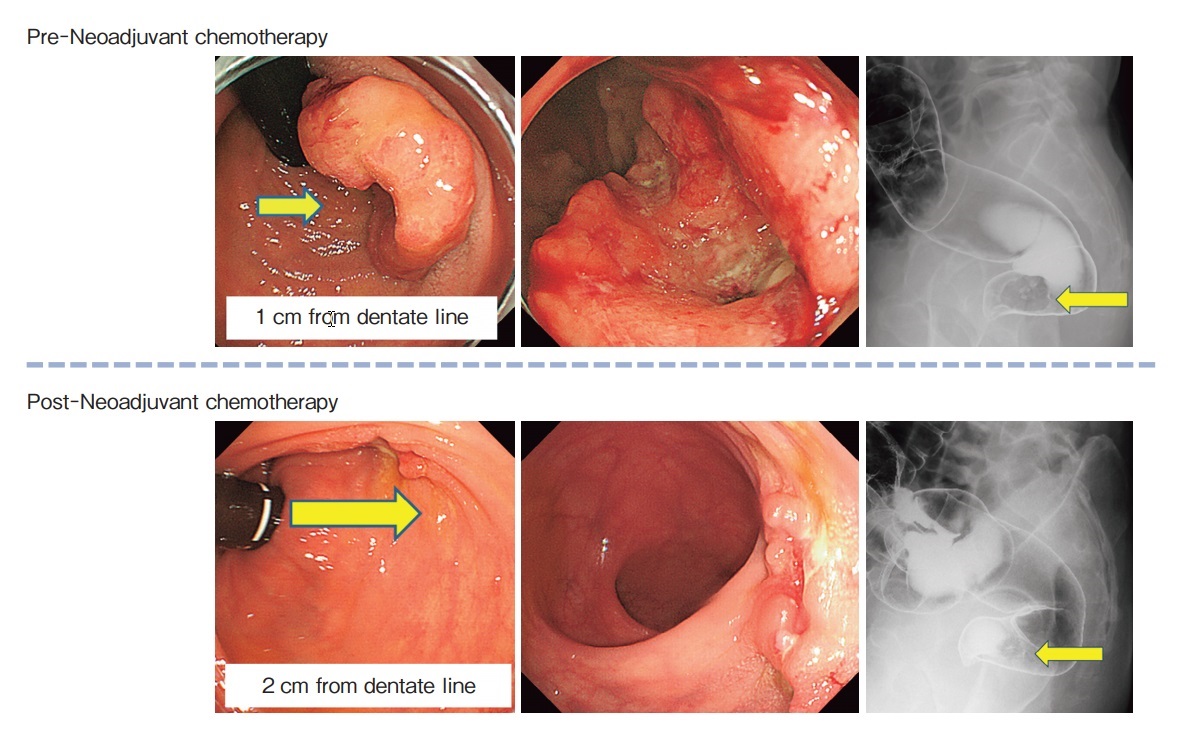Introduction to CAPOX Chemotherapy
CAPOX chemotherapy represents a significant advancement in the treatment of various cancers, particularly colorectal cancer. This regimen combines two potent drugs: capecitabine and oxaliplatin. Capecitabine is an oral chemotherapeutic agent that is metabolized into 5-fluorouracil (5-FU) in the body, while oxaliplatin is a platinum-based drug that interferes with DNA replication in cancer cells. The synergy between these two drugs enhances their effectiveness, providing a robust option for patients battling cancer.
Understanding the side effects associated with CAPOX is crucial for patient care. As with any chemotherapy regimen, patients may experience a range of side effects that can significantly impact their quality of life. By being informed about these potential adverse reactions, healthcare providers can better prepare patients for what to expect, leading to improved management strategies and support throughout the treatment process.
Comparison with Other Chemotherapy Regimens

When evaluating CAPOX, it is essential to compare it with other chemotherapy regimens to understand its unique benefits and potential drawbacks. CAPOX combines capecitabine and oxaliplatin, which have been shown to work effectively together, particularly in the treatment of colorectal cancer. In contrast, other regimens may include different combinations, such as FOLFOX, which pairs oxaliplatin with leucovorin and 5-FU.
The side effects of CAPOX can differ from those associated with other chemotherapy regimens. For instance, while nausea and fatigue are common across many chemotherapy treatments, the oral administration of capecitabine may lead to gastrointestinal side effects that are less pronounced in intravenous regimens. By comparing the side effects of CAPOX with those of other treatments, healthcare providers can tailor their approach to each patient’s needs, ensuring that they receive the most effective and tolerable therapy possible.
Efficacy of CAPOX in Various Cancers
CAPOX chemotherapy has demonstrated efficacy in targeting various cancer types, with a primary focus on colorectal cancer. Research has indicated that the combination of capecitabine and oxaliplatin can lead to improved survival rates and better response rates in patients with advanced disease. Additionally, clinical trials have explored the use of CAPOX in other malignancies, such as gastric and pancreatic cancers, showcasing its versatility as a treatment option.
Understanding the side effects associated with CAPOX is essential for enhancing treatment management strategies. By being aware of the potential reactions, healthcare providers can implement proactive measures to address them, ultimately leading to better patient adherence to the treatment regimen. This understanding also allows for more informed discussions with patients regarding their treatment options and potential outcomes.
Common Side Effects of CAPOX
Patients undergoing CAPOX chemotherapy may experience a variety of side effects, which can include nausea, fatigue, diarrhea, and peripheral neuropathy. Nausea is often a significant concern and can affect a patient’s ability to maintain proper nutrition and hydration during treatment. Fatigue, another common side effect, can be debilitating and may hinder a patient’s daily activities and overall quality of life.
Understanding drug interactions is also paramount in enhancing the effectiveness of CAPOX chemotherapy. Certain medications can exacerbate side effects or interfere with the efficacy of the treatment. For instance, non-steroidal anti-inflammatory drugs (NSAIDs) may increase the risk of gastrointestinal toxicity when taken alongside capecitabine. By closely monitoring patient medications and potential interactions, healthcare providers can optimize the treatment regimen and improve patient outcomes.
Strategies to Mitigate Side Effects

To effectively mitigate the side effects of CAPOX chemotherapy, several strategies can be employed. One of the most important is ensuring adequate hydration. Staying well-hydrated can help alleviate some of the gastrointestinal side effects, such as nausea and diarrhea, that are commonly associated with this regimen. Encouraging patients to drink fluids regularly and consider electrolyte solutions can be beneficial in maintaining hydration levels.
Additionally, discussing potential drug interactions is crucial for optimizing cancer treatment outcomes. By reviewing all medications a patient is taking, healthcare providers can identify any possible interactions that may exacerbate side effects or diminish the effectiveness of CAPOX chemotherapy. This comprehensive approach not only helps in managing side effects but also enhances the overall treatment experience for patients.
Monitoring and Management During Treatment
Monitoring and management during CAPOX treatment are vital components of patient care. Regular assessments allow healthcare providers to identify any emerging side effects early and implement appropriate interventions. This may include adjusting medication dosages, prescribing anti-nausea medications, or suggesting dietary changes to help manage gastrointestinal symptoms.
Furthermore, ongoing communication between patients and healthcare providers is essential for effective management. Patients should feel empowered to report any side effects they experience, no matter how minor they may seem. By fostering an open dialogue, healthcare providers can make informed decisions about treatment adjustments and support the patient’s journey through chemotherapy.
In conclusion, understanding CAPOX chemotherapy involves recognizing its components, side effects, and management strategies. By being informed, both patients and healthcare providers can work together to optimize treatment outcomes and enhance the quality of life during this challenging time.
- Understanding Amlodipine as a Calcium Channel Blocker - April 4, 2025
- Essential Vitamins for Flu Prevention - March 6, 2025
- Low Calorie Weight Loss Protein Shakes for Mens Health - March 5, 2025






